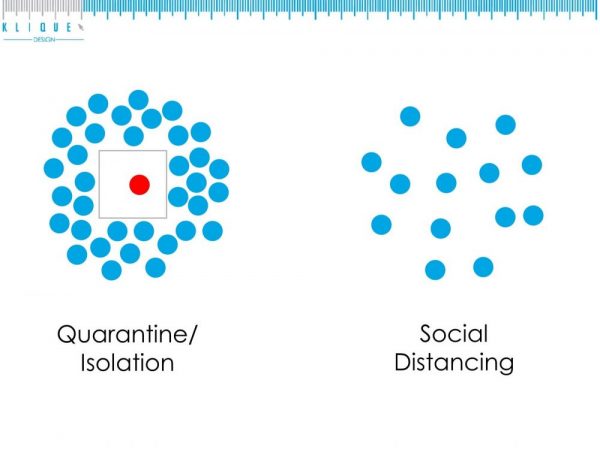
Quarantine/isolation and social distancing are part of the measures to reduce the risk of local transmission of COVID-19. The key difference is quarantine/isolation restricts the movement of a person to a certain zone. Whereas social distancing is a behavioural practice of keeping a safe distance between each other. It does not impose a locational constraint to a person.
The Ministry of Health (MOH) has studied the pattern of transmission amongst the locally transmitted cases, and found that many were infected during events and social gatherings, and interactions between colleagues at workplaces.
A few precautionary measures in the workplace should be in place to ensure our invaluable company’s asset (workforce), patrons and their loved ones are protected. Continue reading “The Difference Between Quarantine/Isolation and Social Distancing”

